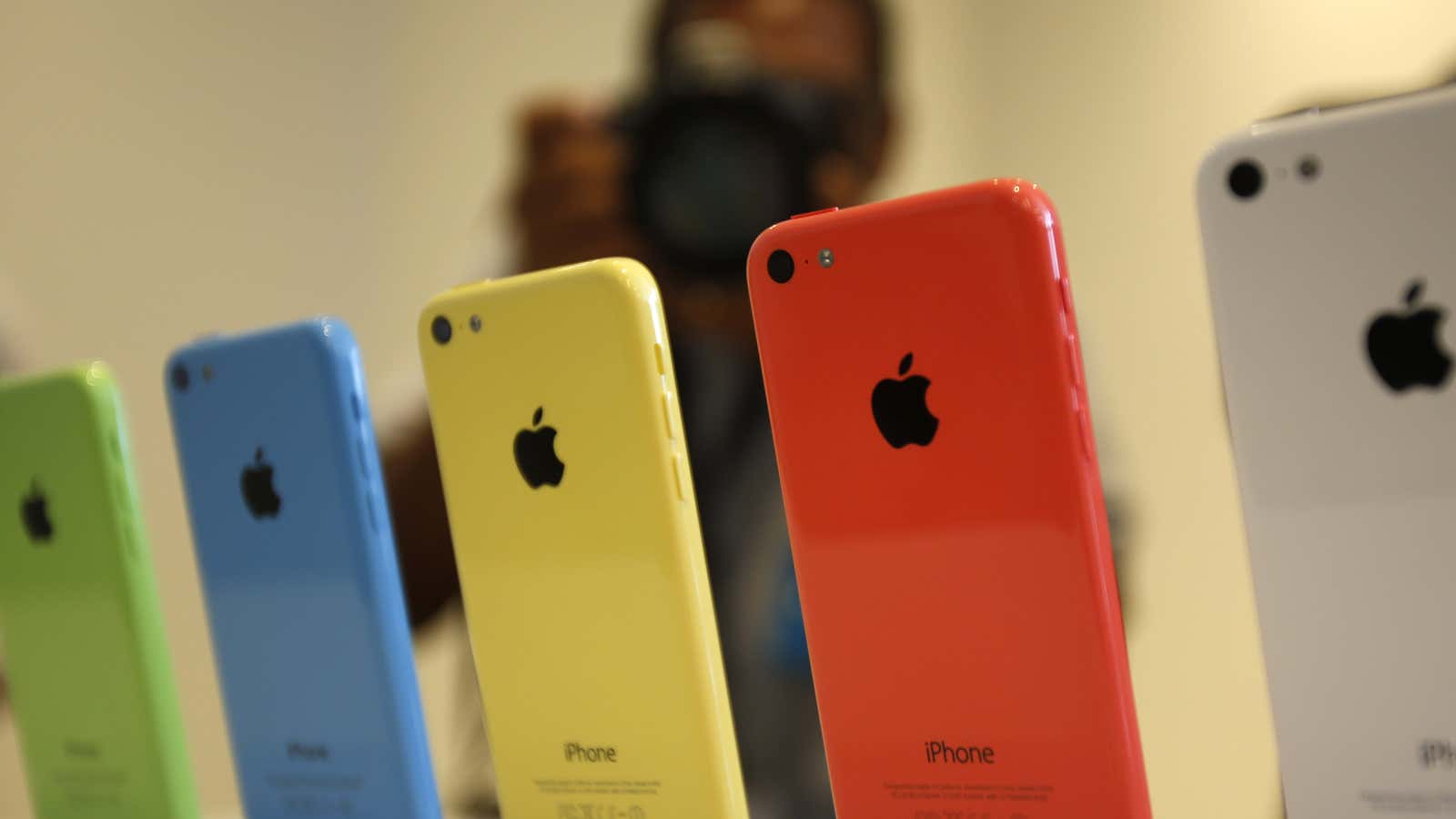Back in 1997, Clayton Christensen penned a theory that would become the cornerstone of the modern tech industry. The Innovator’s Dilemma posited that large corporations didn’t fail because their leadership made errors; rather, they failed because they had done everything right. By playing it safe and focusing on more lucrative revenue streams, they had missed out on new market opportunities that would eventually grow to eclipse their current business.
Christensen’s main argument is that big companies need to know when to begin competing at the low-end of the market—where disruption happens—and when to stay the course. For years, this has been proven true over and over again: demand for personal computers far outpaced that for mainframes, portable transistor radios began replacing large vacuum-tube radios, and so on.
But today, more and more companies are learning the hard way that a competitor that caters to the high-end of the market could upend them. Disruption is coming from all sides, not just the bottom. The challenge is to innovate toward the middle, but you can start from anywhere.
Honeywell experienced this firsthand when Nest’s Learning Thermostat arrived on the scene in 2011. The massive conglomerate had done exactly what Christensen advised: they catered to the low-end of the market by selling $30 thermostats. But what they didn’t anticipate was that a beautifully designed, high-end model—priced eight times higher than their product—would beat them at their own game. So how did this happen?
For starters, Nest—along with companies like Uber, Tesla, and Apple—emerged out of the confluence of a number of factors. Cheaper technology, better supply chains, superior marketing—and most importantly, by the spending habits of the one percent—created a perfect storm of opportunity. At no point in history have there been such a large number of affluent consumers who are willing to pay a premium for a product that normally retails for much less.
With millions of Nest Learning Thermostats shipped to date, it’s clear that consumers crave beautiful design wrapped in sleek packaging. And while Nest may have started out with a price point better suited to the upper echelon, their first national advertising campaign last fall featured average-looking, relatable grandpas. Nest is the perfect example of a billion dollar company that has used its influence to move downward, toward the lower end of the market.
While the ultimate goal of companies like Nest must be to land in the middle, where volume businesses live, starting at the top provides an advantage that low-end disruption lacks: it allows you to imbue your brand with aspiration. There’s a reason Tesla has kicked things off with a small-production roadster and targeted sales to celebrities like George Clooney—once their cars reach the middle class, average consumers will already feel a connection to the brand. The difference is that, while many of us crave tangible proof that we’re at the front end of new technology and culture, the high-end is able to take on the risks and pay expensive price tags in a way that can create demand. As a counter-example, look at how the iPhone 5c was a (relative) bust. Its attempt to drop price with cheaper materials, along with the mark of the “c,” placed owners outside the elite.
In fact, this philosophy of creating an aspirational brand is what guided my own team as part of our initial launch strategy. While other players focused on undercutting Google for the lowest-priced click, we realized that a differentiated market position would drive long-term profitability and growth. By entering the high-end of the market, we’ve attained the resources needed to build the strongest technology possible.
So, will Nest officially usurp Honeywell as the go-to thermostat and smoke detector for the masses? As Tesla moves to introduce lower-priced models, will they need to compromise what makes them so desirable? Will Apple’s $10,000 watch help spark demand for its more affordable models, so that average consumers can emulate their more affluent peers? As Uber becomes more mass-market and opens up to drivers with older cars, will they start looking like just another taxi service?
While the futures of those individual companies are yet to be written, I do believe that the trend of top-down disruption is just beginning. As more innovations stem from high-end products, business school students and veteran CEOs alike will be faced with new and changing dilemmas. For now, the simplest thing to remember is: disruption can truly come from any side.




